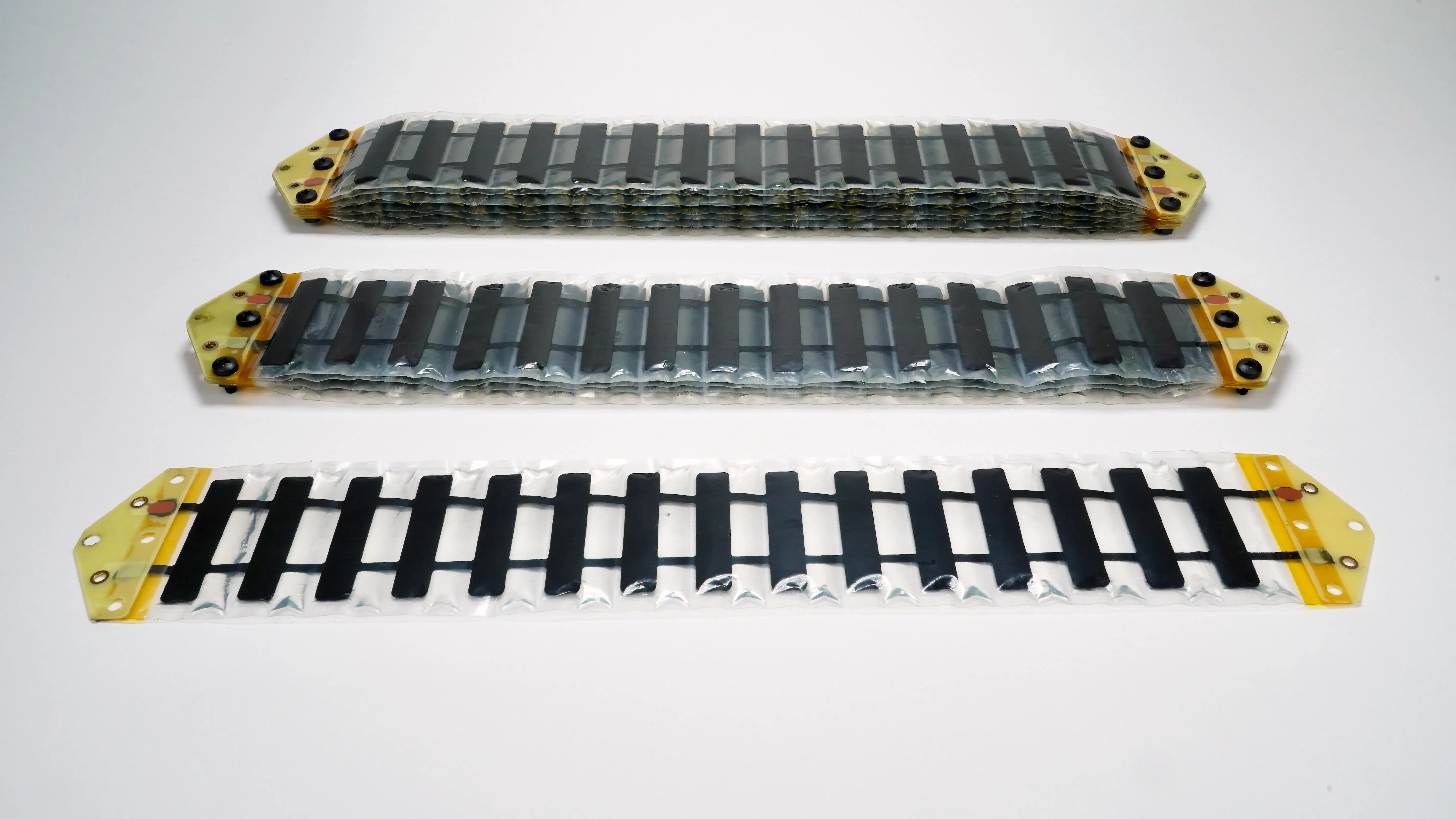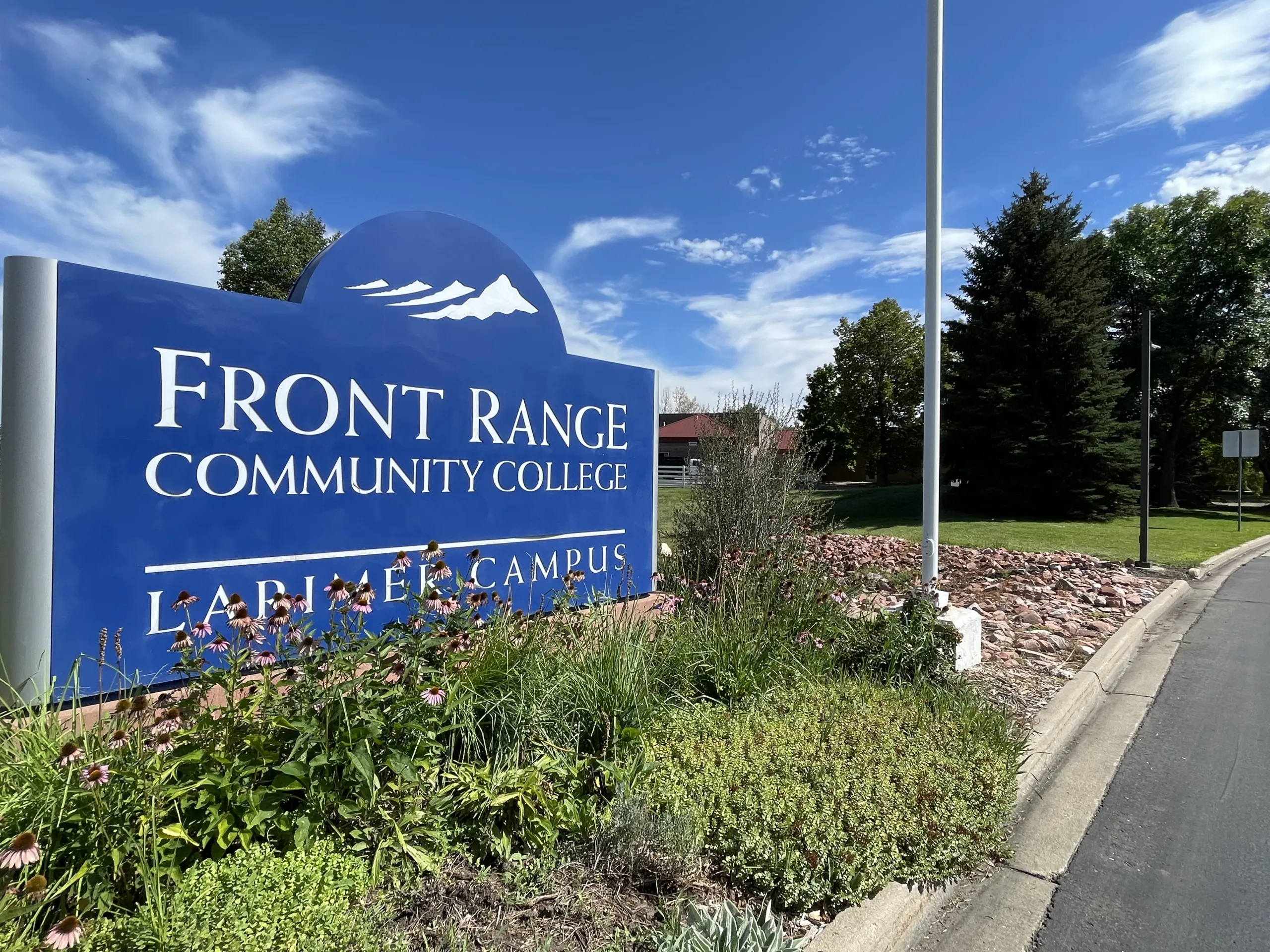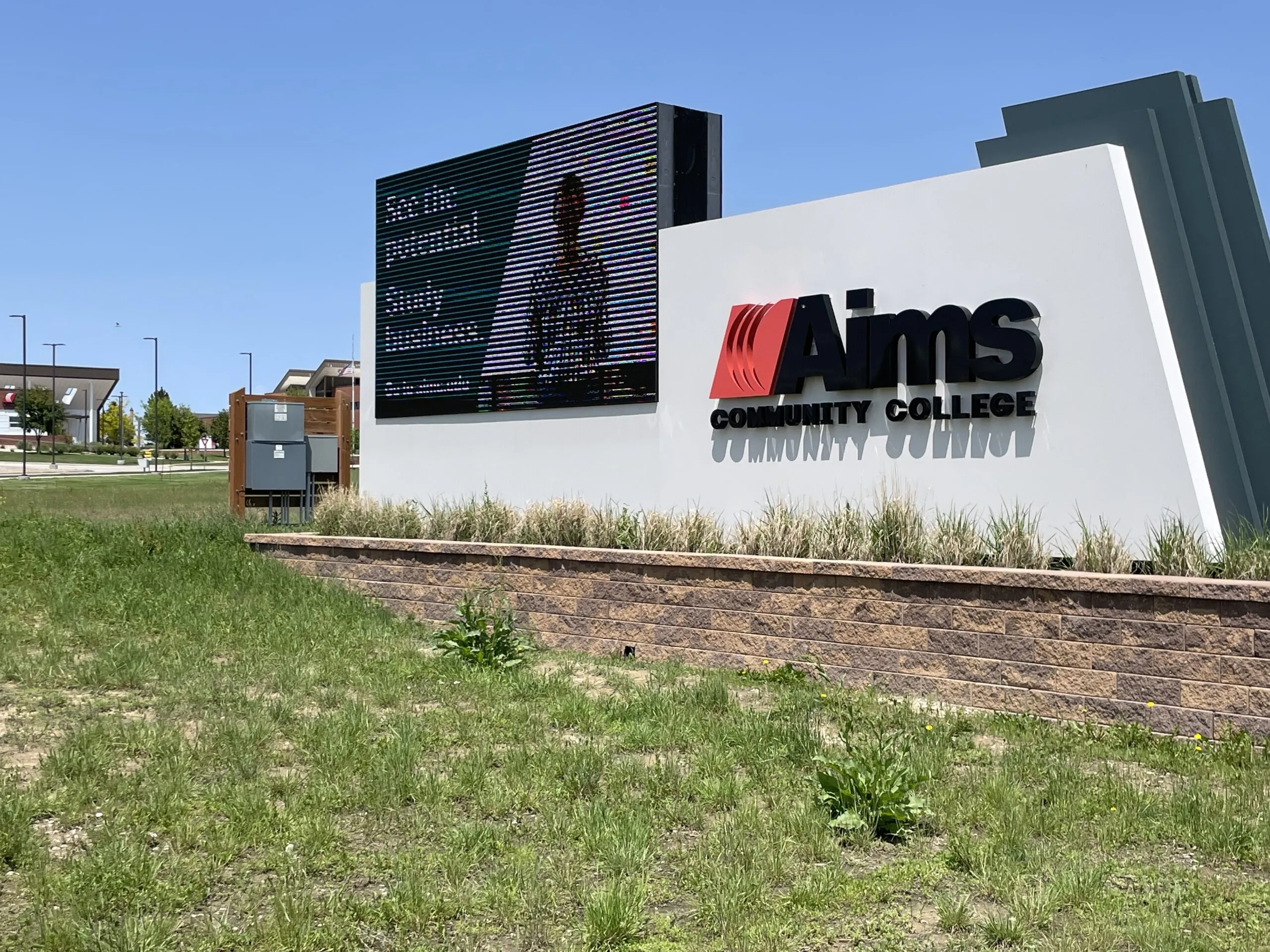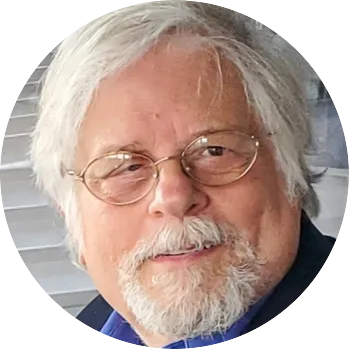Artimus Robotics secures $3.5M in grants, contracts

BOULDER – Artimus Robotics Inc., a technology-transfer spinoff from research at the University of Colorado Boulder, has secured more than $3.5 million in grants and contracts that company officials say will allow it to expand its scope as well as its facility and workforce.
Tim Morrissey, Artimus CEO, told BizWest Wednesday that the money will enable the young company to double its workforce from six to 12 and double its space from 2,400 square feet to 5,000 square feet by taking over a unit next door in the building at 2985 Sterling Court. The added space previously had been occupied by…
THIS ARTICLE IS FOR SUBSCRIBERS ONLY
Continue reading for less than $3 per week!
Get a month of award-winning local business news, trends and insights
Access award-winning content today!




